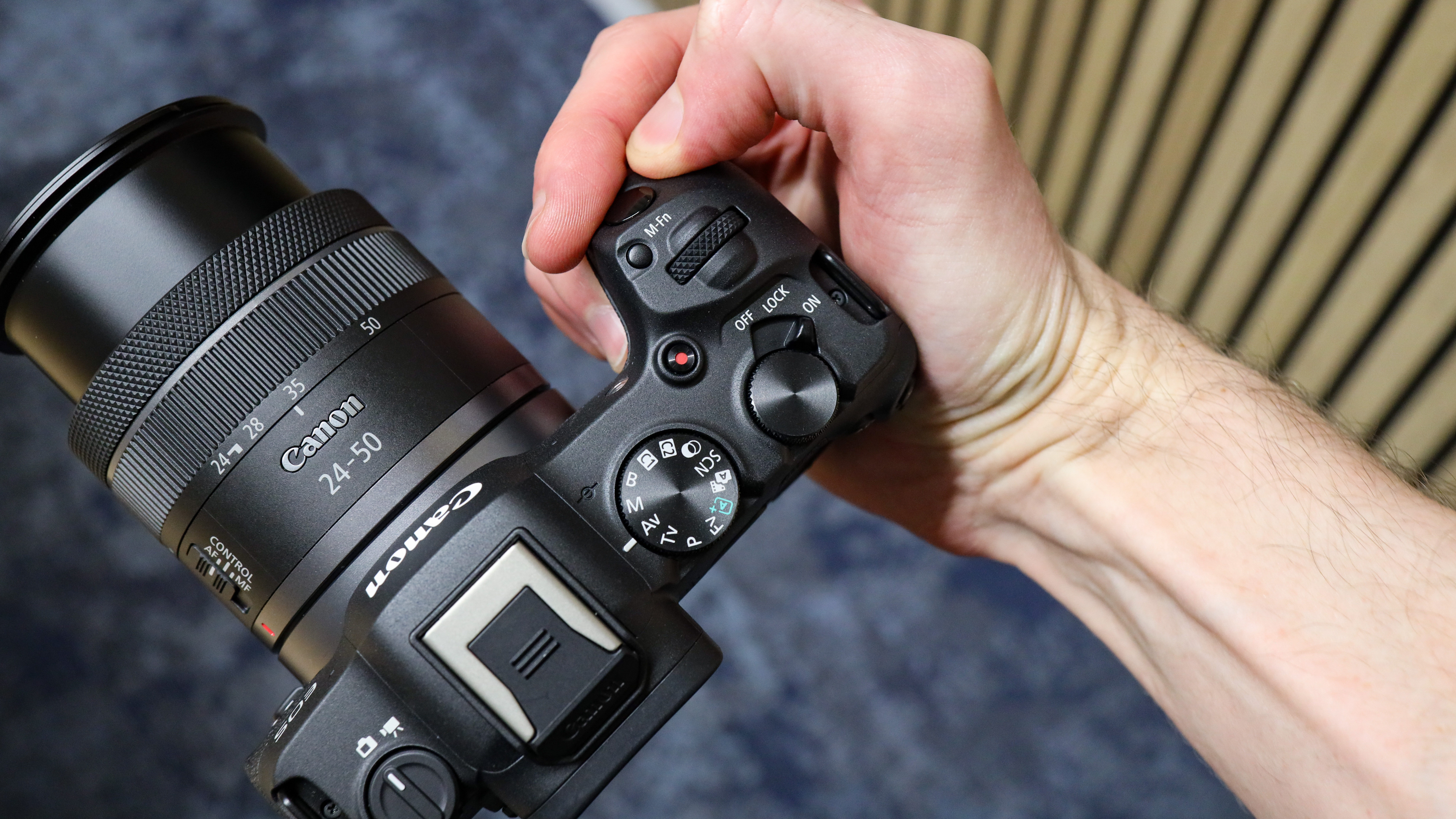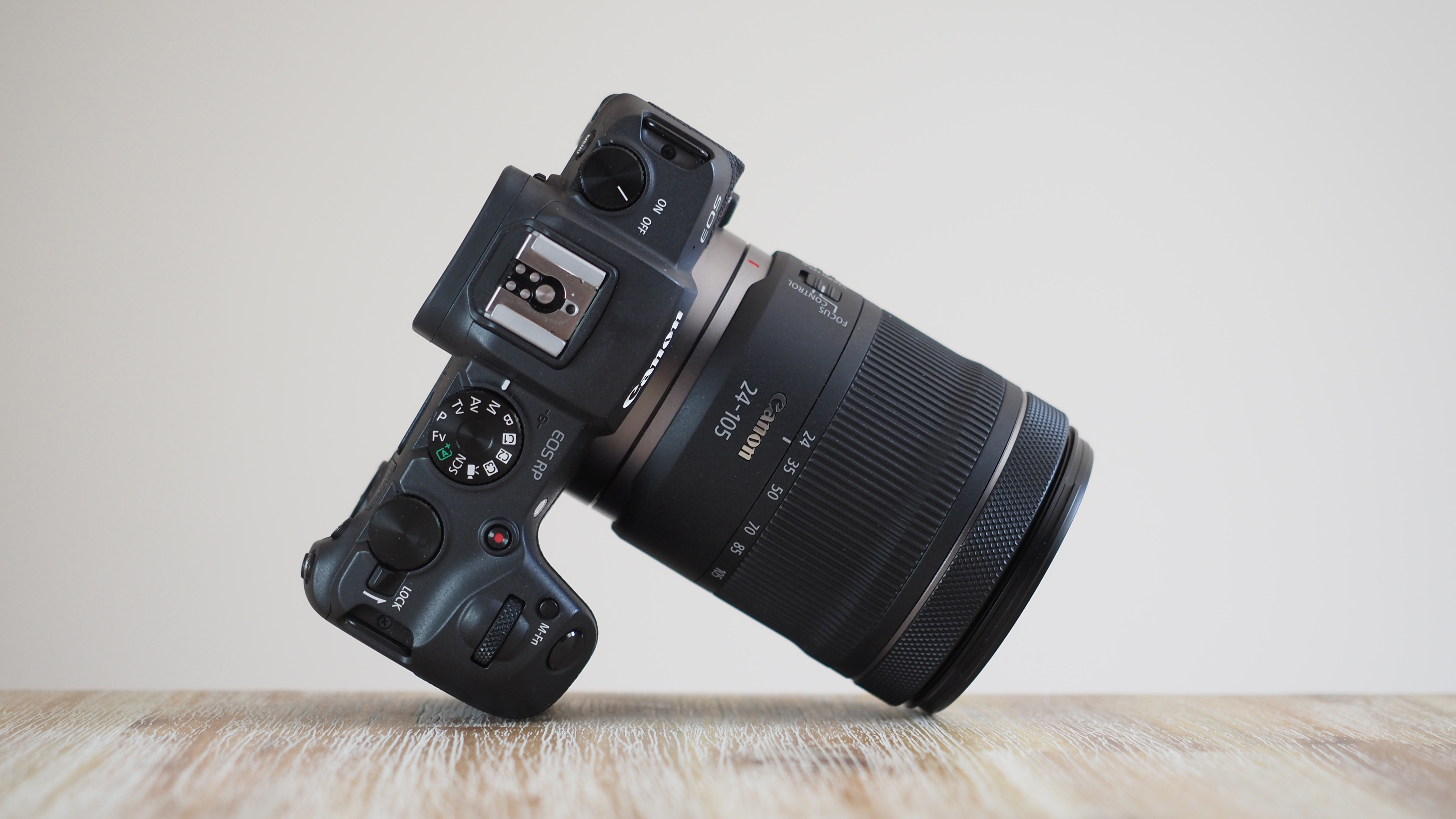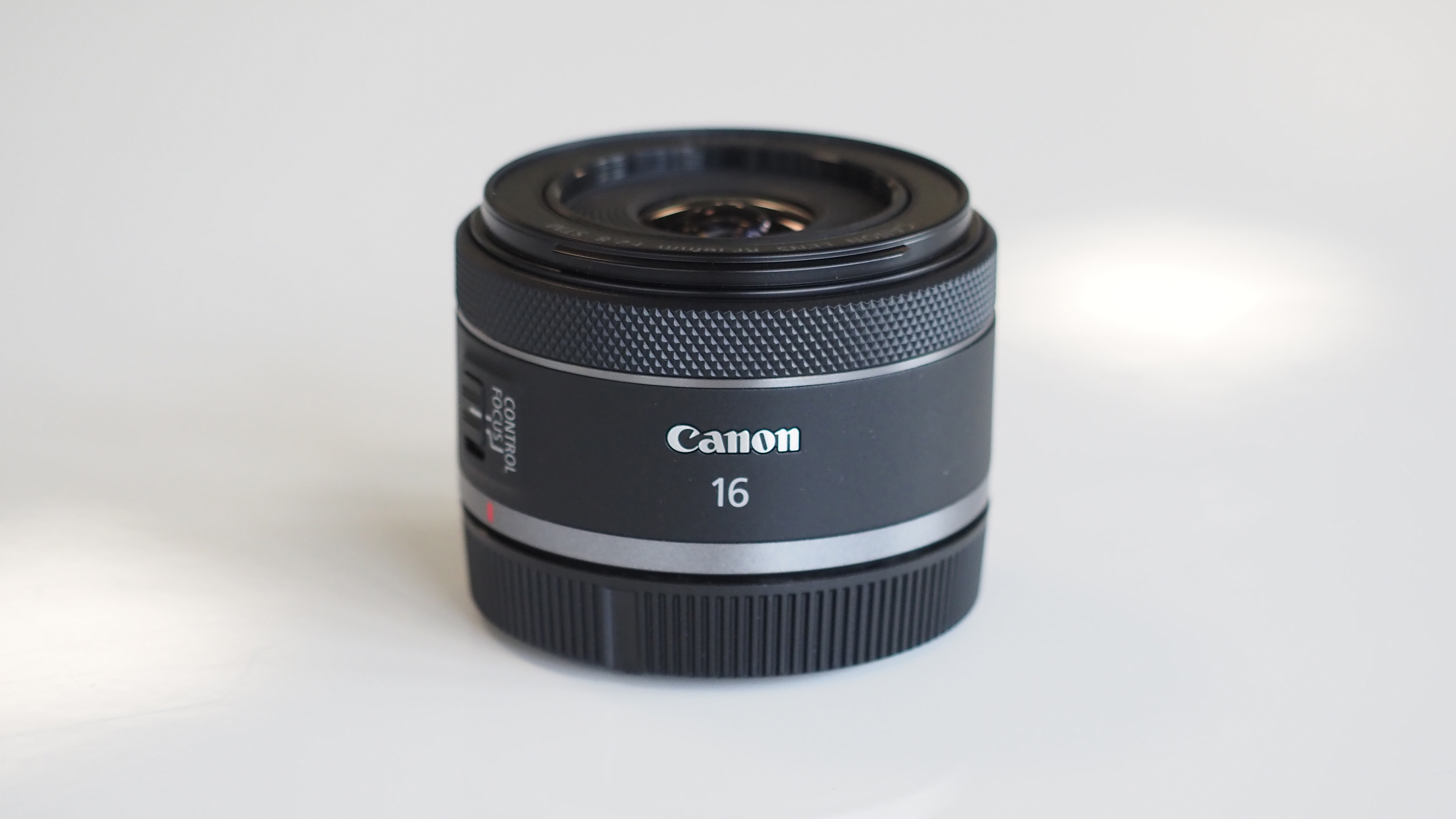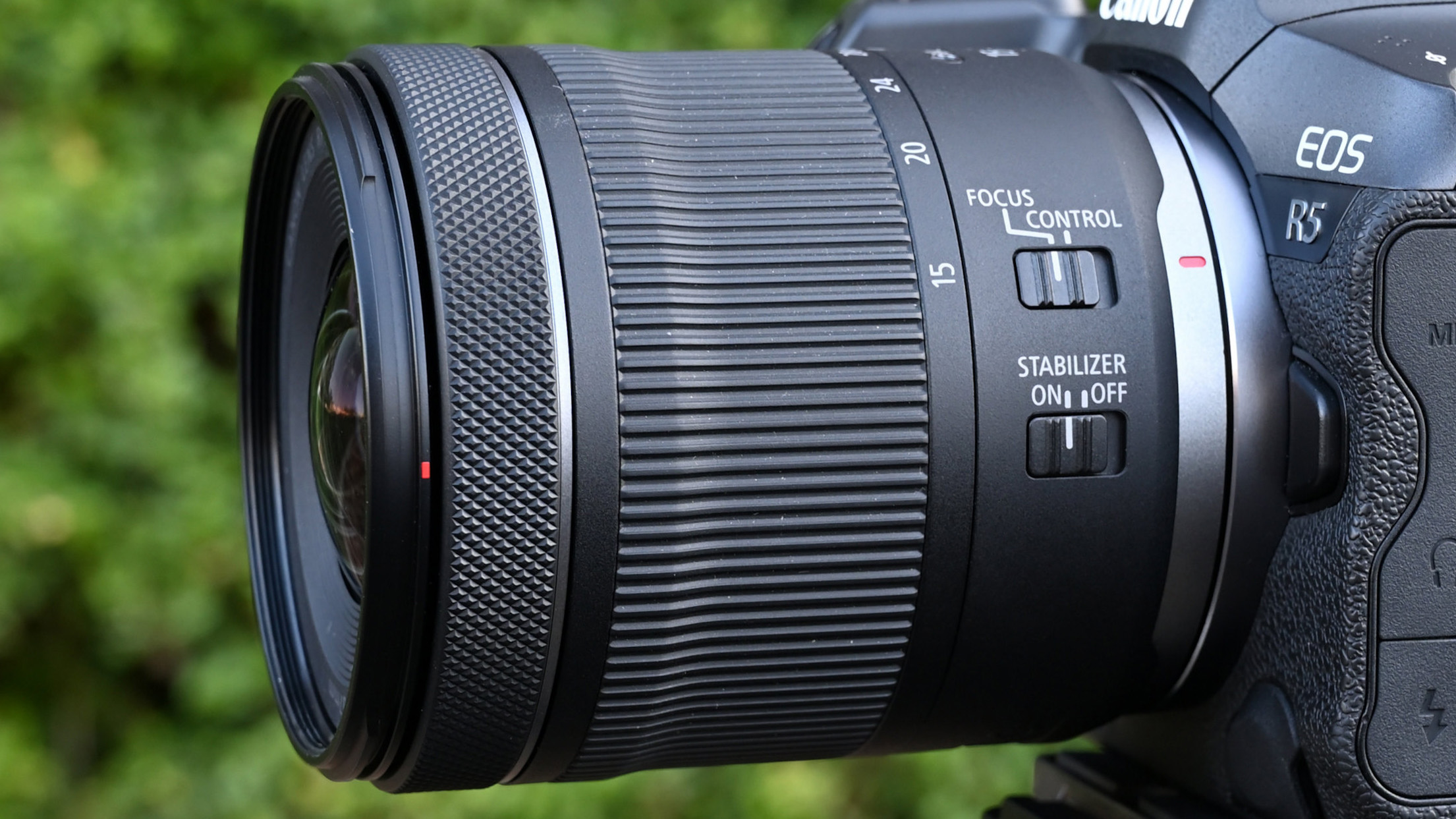
I now use my Canon gear for all sorts of work-related photography for reviews, hands-on product shots, YouTube videos, and even recording my travels. My system has grown as my needs have changed and expanded and it’s probably about as effective a setup as I could get at this price for what I do, regardless of all the fine qualities of rival Sony, Panasonic, and Nikon systems.
But if you’d asked me at the start what my ideal full-frame system would be, I certainly wouldn’t have said Canon. I have no particular bias against Canon, but the best Sony lenses are stellar – and there are so many more of them – while Panasonic has high-end video features, Nikon is a brand I’ve known and trusted for years, and all three have in-body stabilization, which my EOS R8 does not.
While the EOS R8 is one of the best Canon cameras right now, this lack of IBIS is a real black mark. If you're looking for the best full-frame camera or the best camera for enthusiasts right now, there are plenty of rivals that do have what many will consider an essential feature. And yes, that includes me.
And still I bought an EOS R8. How the heck did THAT happen?

How my bizarre choices unfolded
It started when I saw a deal on an EOS RP and 24-105mm STM kit lens bundle. It looked a great chance to try a brand I’d tested for reviews but I hadn’t owned for years. It was interesting. The EOS RP handled rather well, a Canon strong point, I think, but had a pretty poor sensor for dynamic range.
The 24-104mm F4-7.1 STM lens didn’t look promising either, with perhaps the worst aperture range of any kit zoom. But it actually proved rather good. It’s a little soft at the edges at 24mm, but apart from that it’s sharp and consistent right across the zoom range. Better still, its IS (Image Stabilisation) does actually live up to Canon’s 5-stop compensation claim, and how often does THAT happen? In short, it’s an exceptionally good, cheap and reliable standard zoom that I’m not going to replace any time soon. And yes, I have used the 24-105mm F4 L version, and I still think I like this one more.
So I swapped out the EOS RP for the EOS R8, a camera that’s just as plasticky and lightweight as the EOS RP, but with a much better sensor and fabulously well-specified for the money. No, there’s no IBIS, and I didn’t fancy the huge price hike to move up to the EOS R6 II, but the AF and the 4K 30/60p video in the R8 are just as good and pretty special at this price. The R8's retracting RF 24-50mm kit lens was neat but a bit superfluous, so that had to go, but I kept my 24-105mm STM.

The lenses convinced me
I realised I enjoyed the portability, materials and handling of this little setup and figured this could be a handy core system moving forward. I do like fast-aperture primes, so I snapped up the RF 50mm F1.8 and RF 16mm F2.8, both ridiculously cheap, and never regretted it. They’re compact, light to carry and much better optically than you would expect at the price.
That was the thing that struck me about Canon RF lenses – the mid-range ‘consumer’ optics do not have the crazy specs of the pro lenses, but they are fast, affordable and compact. I also picked up the RF 24mm, RF 35mm, and RF 85mm ‘macro’ primes for video work and product photography, and while the AF can be a bit clanky and whirry from time to time, they are very good lenses at a very good price.
My most recent buy was the Canon RF 15-30mm f4.5-6.3 IS STM ultra-wide zoom. The specs shout ‘amateur lens’ but the performance does not. The aperture range sounds restrictive, but the IS is just as good as the 24-105mm lens’s, so the only time the aperture might be an issue is low light shooting where you need high shutter speeds, which I don’t do a lot anyway. Optically it’s remarkably good. It’s another example of a lens that looks cheap and restrictive but outperformed all my expectations.

So is there a moral to all this?
I think so. I’ve ended up with a system that works well for me at an acceptable price and has often surprised me with its performance.
I learned something along the way. I learned that the cameras you want and the camera systems that actually work best for you are not always the same thing. I also learned that there are no ‘perfect’ camera systems and that yours may be completely different to someone else’s, even within the same brand. Camera systems aren’t always ready-made off-the-shelf solutions. They can evolve bit-by-bit as you learn what you need and the gear that does it best.
If anyone had asked me at the start which full-frame mirrorless system I would choose then it would almost certainly not have been Canon. But by a series of happy accidents and incremental additions I’ve ended up with a system I never wanted but is exactly what I need. Go figure!







